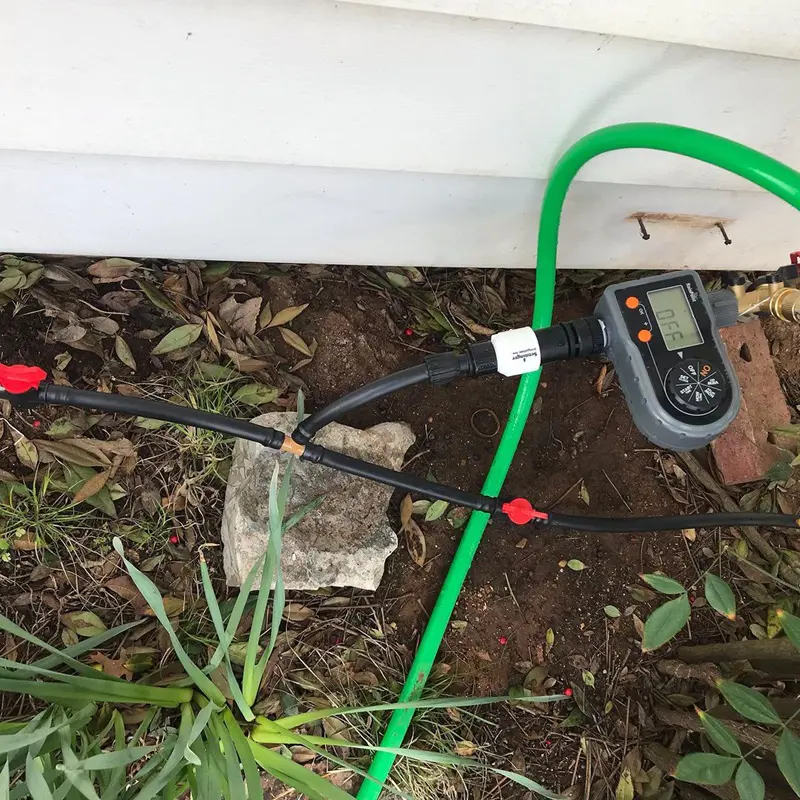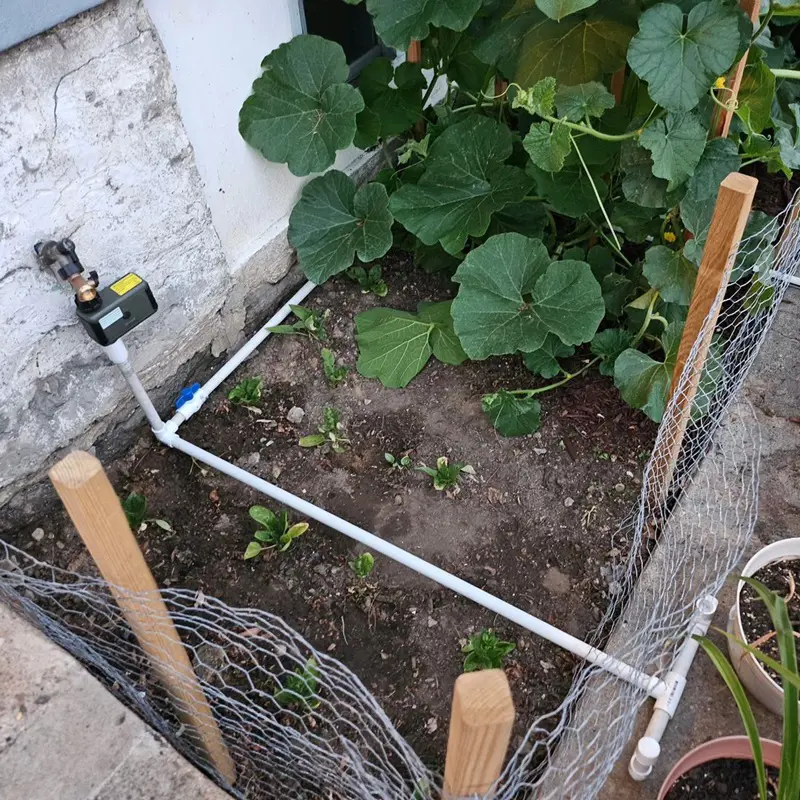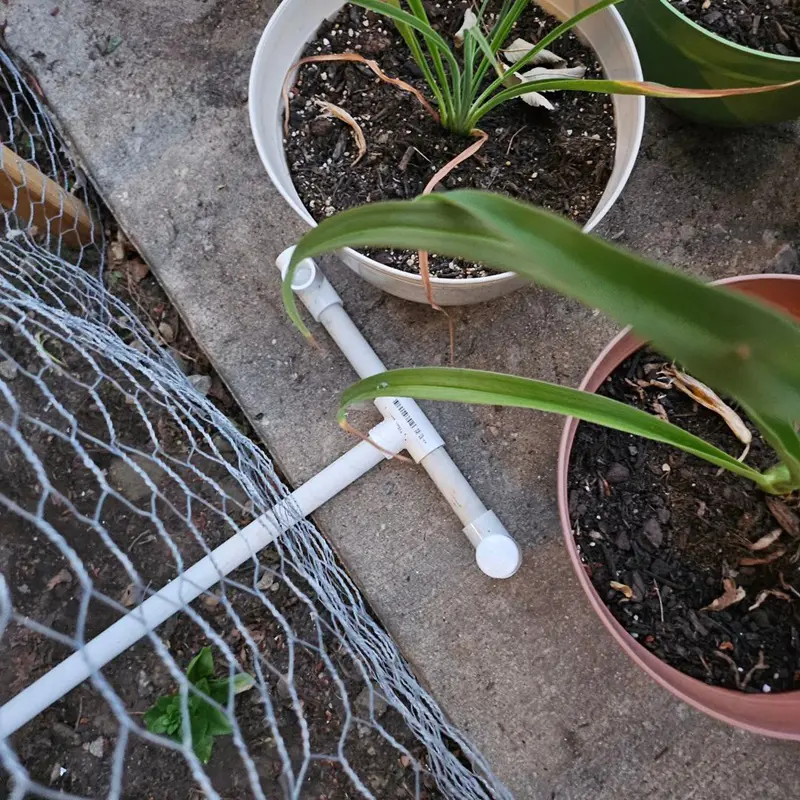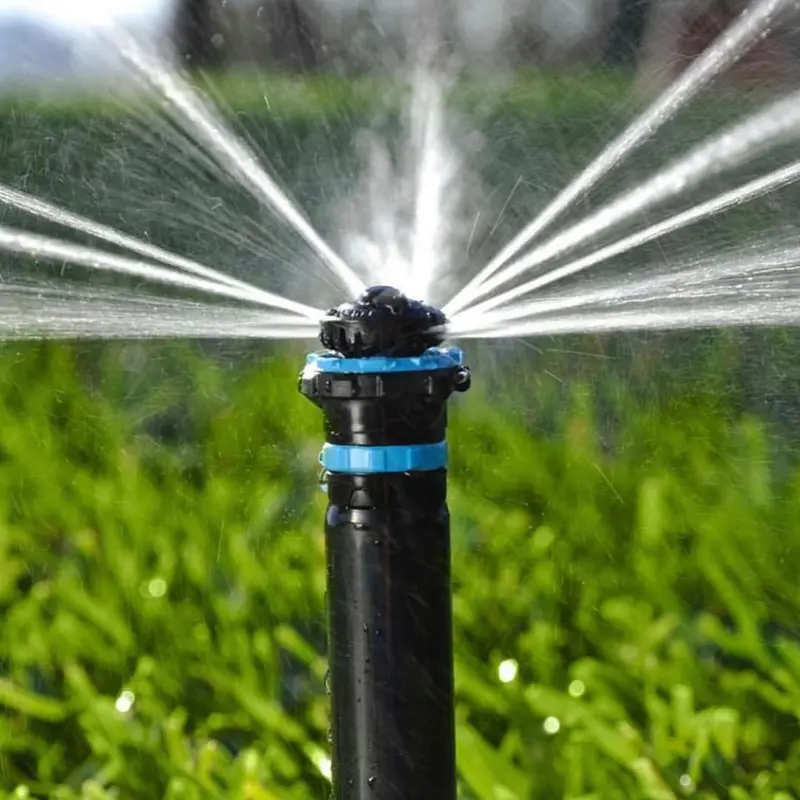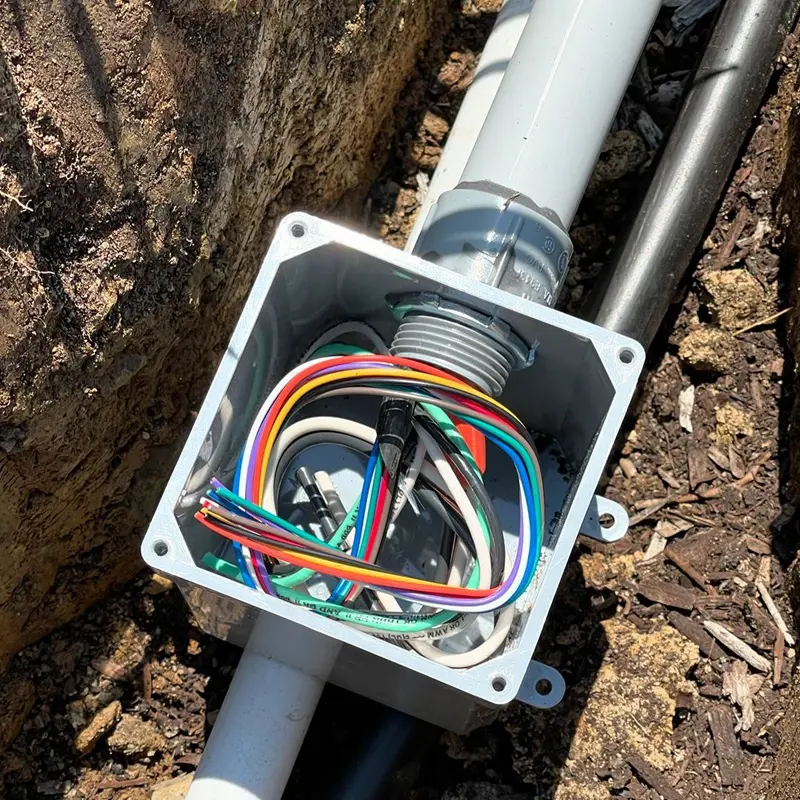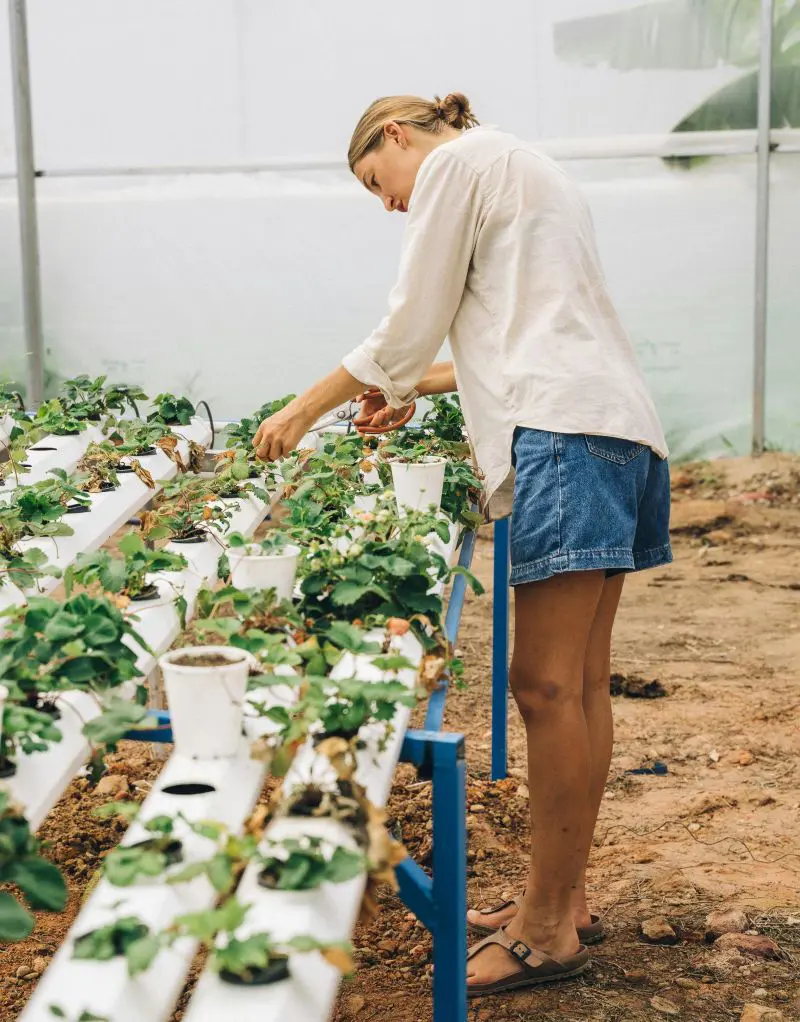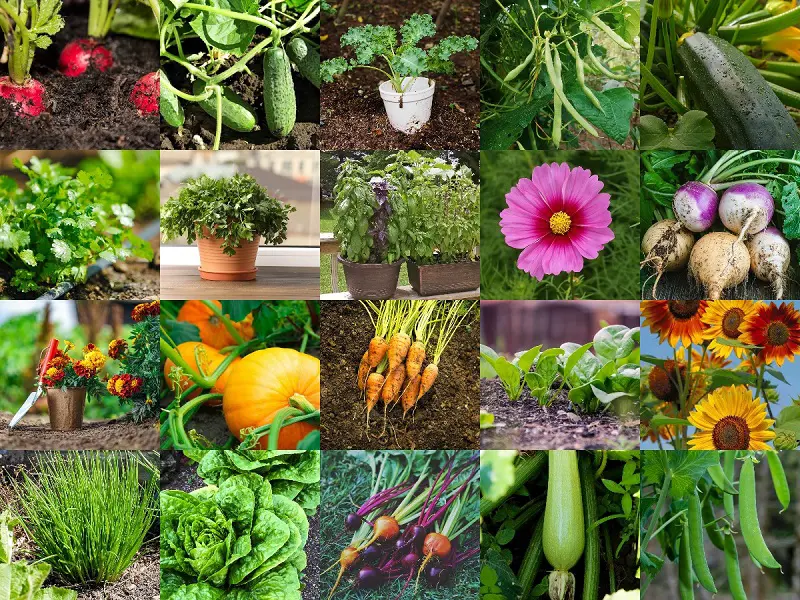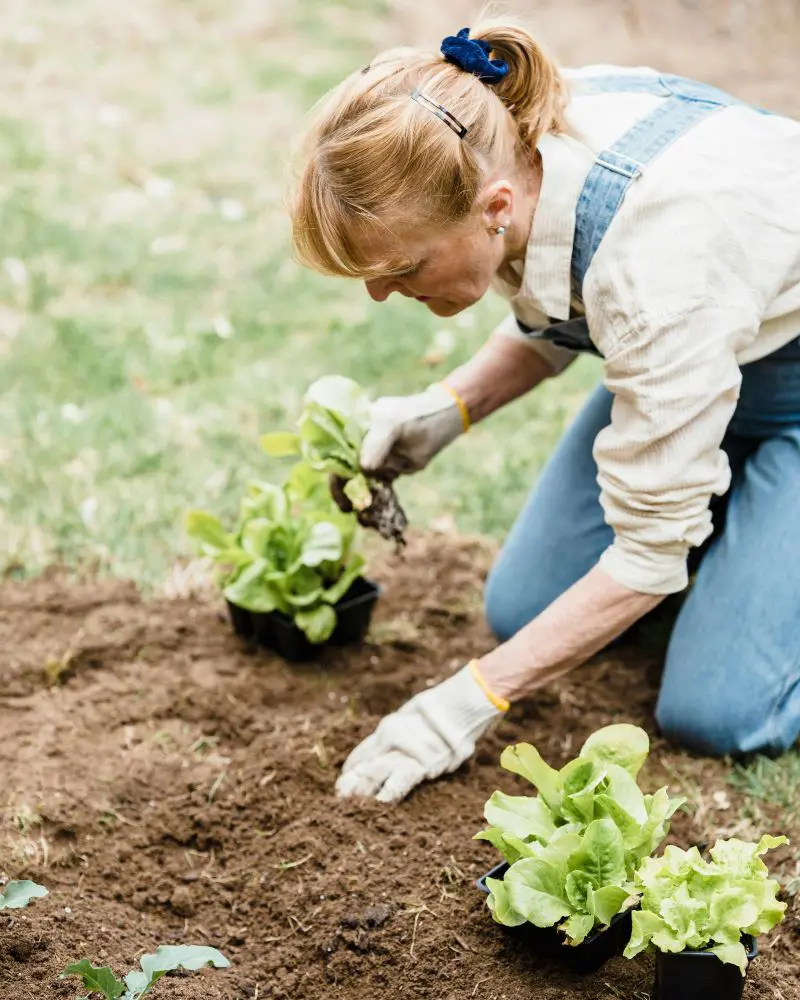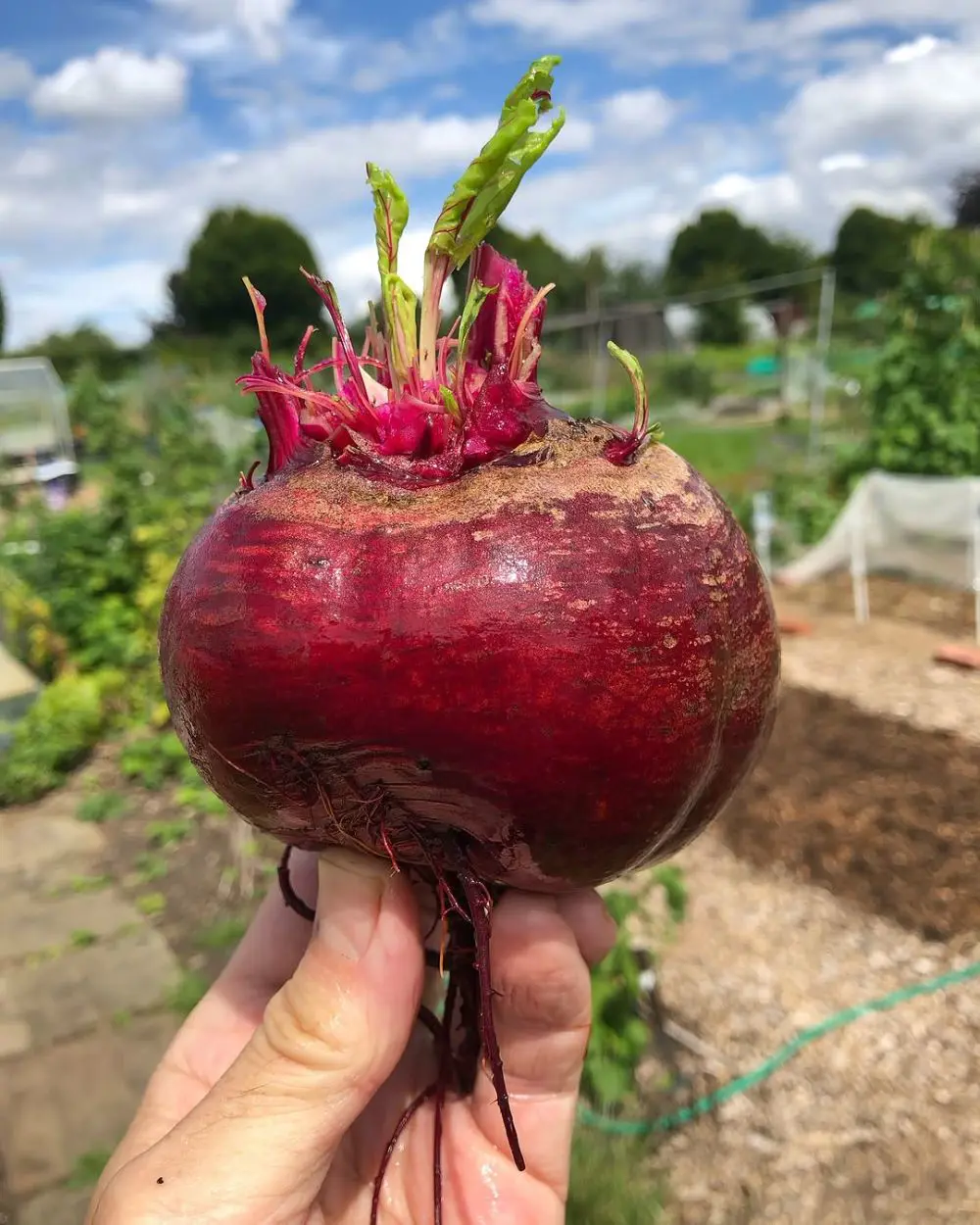Step 1: Planning your Drip Irrigation Layout
There is a popular saying that goes "Success is the residue of planning". So the first step to installing your Drip Irrigation system would be to plan. You can start by mapping your garden, locating plants, and determining their water needs. Consider sun exposure, slope, and soil type.
Plan a layout that assures even coverage. You should also decide on placement for the mainline and branch lines while planning. Create a rough drawing and mark down the water source location and the path of the main tubing.
Design Considerations for Drip Irrigation Layout
For successful planning, there are certain things that you need to keep into consideration. Consider the type of plants, their spacing, and the volume of water they will require while setting up your design.
Note the slopes, sun exposure, and winds to which the sprinkler water might have to contend. Group plants that require similar volumes of water to achieve water efficiency.


